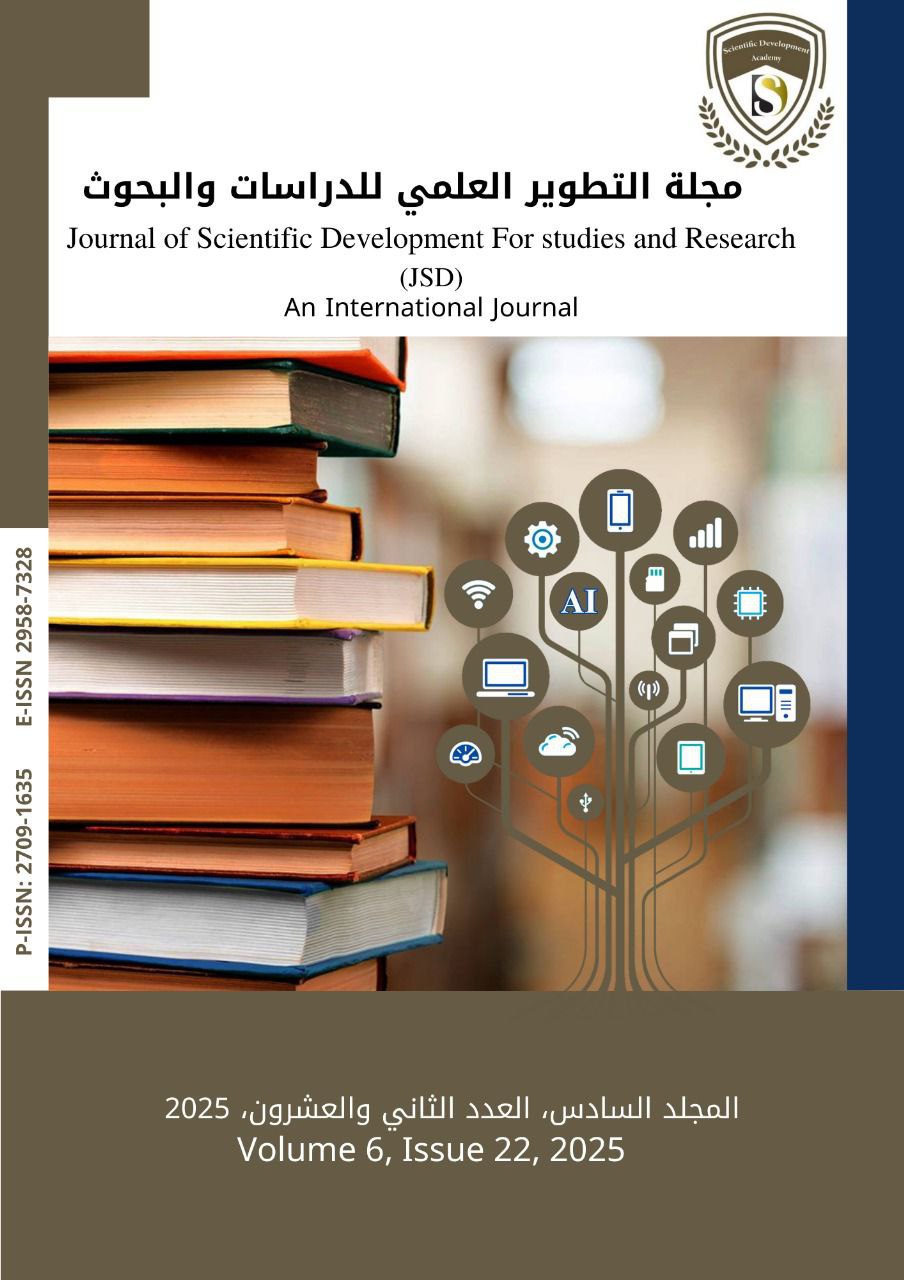Sentence structure in the Tama language (contrastive study)
DOI:
https://doi.org/10.61212/jsd/380Keywords:
Phrase, Structure, Sentence;, LanguageAbstract
The paper dealt with the construction of the Tama language (a comparative study), with its approach to the Arabic language. The problem of the study is that it answers the following complex question: What is the sentence in Arabic and the Tama language? What are the elements of its construction in the Tama language? It attempts to provide a description of this language to which it belongs, which is the Nilo-Saharan language family, the eastern Sudanese branch, which the Tama group uses as a language of communication. The study and its description came to clarify the elements of sentence construction in it, and to clarify its semantic characteristics. The importance of the study is that it documents this language that is threatened with extinction due to the rapid linguistic transformation in the Darfur region in western Sudan, and provides a prediction of the difficulties faced by learners of Arabic from the Tama people. The study followed the descriptive approach, and its tools are induction and observation, taking the language from the mouths of its speakers as a study community, which is (50 students) as examinees on whom the study was conducted, and by recording and observation.
The study was divided into three sections. The first section defined the Tama community in terms of its origins, locations, and language classification. The second section focused on explaining the concept of the sentence and its elements. The third section dealt with the applied study, highlighting the sentence and its structural elements in the Tama language and its components. The study reached results that benefit those working in the field of teaching non-Arabic speakers, including: The study limited the structural elements in the Tama language starting from the sentence unit, and in it the Tama language uses one pattern of sentence patterns, which is the nominal compound pattern, and the plural in the Tama language is not characterized by regularity, as each noun has a special way of pluralization, and the Tama language follows a system of definition, which is by adding (ere) at the end of the noun or adjective. The study recommended paying attention to studying Sudanese languages, and clarifying their dialects and their relationship to other Nilo-Saharan languages.
Downloads
Published
Issue
Section
License
Copyright (c) 2025 Journal of Scientific Development for Studies and Research (JSD)

This work is licensed under a Creative Commons Attribution 4.0 International License.



























